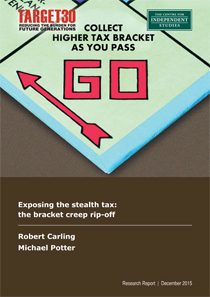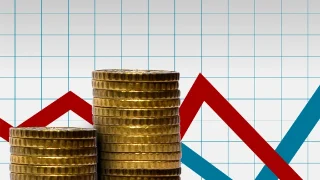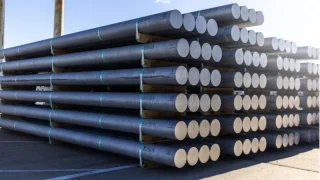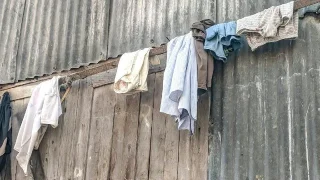
Bracket creep occurs when taxpayers pay a higher tax rate as their incomes increase due to inflation and economic growth. The tax increase due to bracket creep is $6 billion this year and the annual cost will hit $17 billion in 2018-19.
The impact of bracket creep is largely regressive, hitting low income earners harder. Taxpayers in the decile from $37,500 to $46,500 are worst hit, facing a $1,300 reduction in take home pay (a 3.3% cut) in 2018-19. Bracket creep is causing 2.5 million taxpayers to face higher marginal tax rates, but the impost causes average tax rate to go up for all taxpayers.
Most of this impact is caused by inflation, with real wages growth causing a smaller but still important increase in tax rates.
Bracket creep discourages employment, innovation and skills acquisition, and encourages tax avoidance. Bracket creep also harms budget transparency, and the flexibility it provides to governments often result in stealth tax increases. The government is also inconsistent in refusing to index tax thresholds, while still indexing excise on alcohol, tobacco and fuel.
To address this issue, the government should index tax thresholds to wages growth, or set thresholds at a fixed proportion of average wages, with no discretion. Discretion is fraught with risks, and is likely to result in tax increases based on Australian and overseas evidence.











